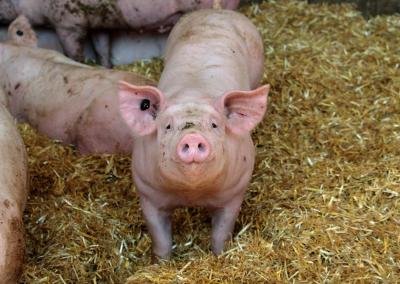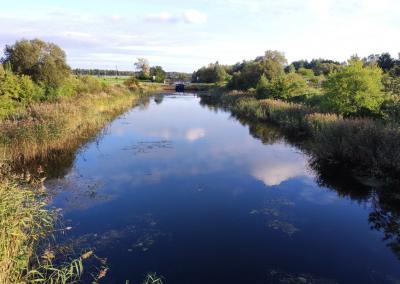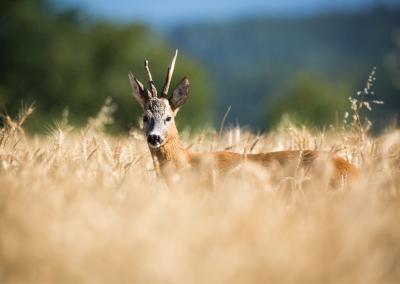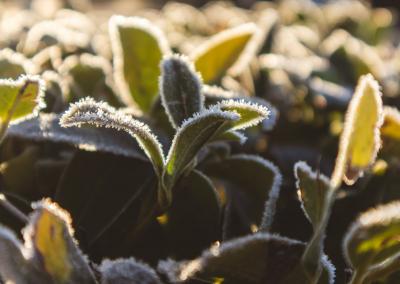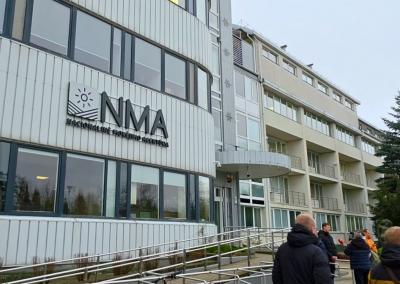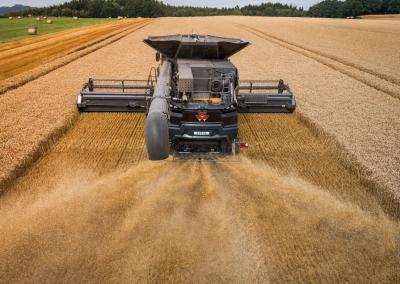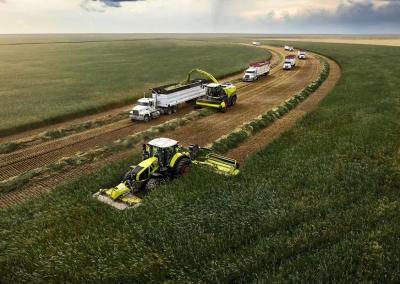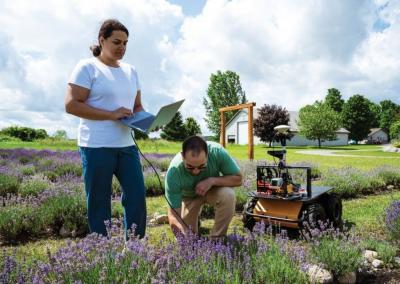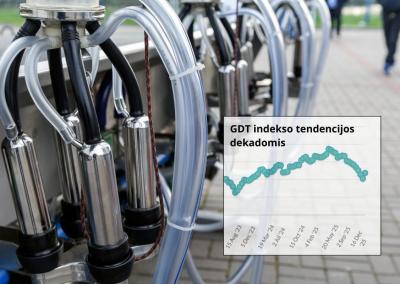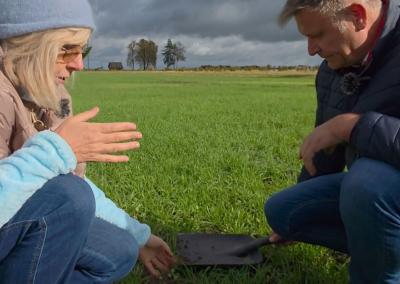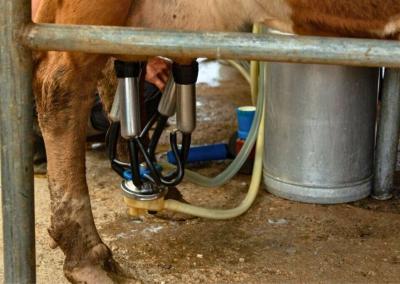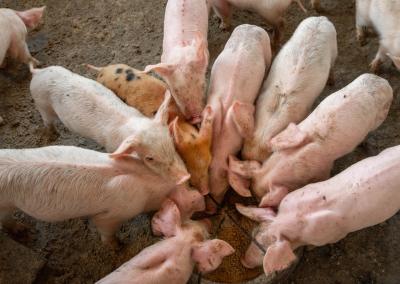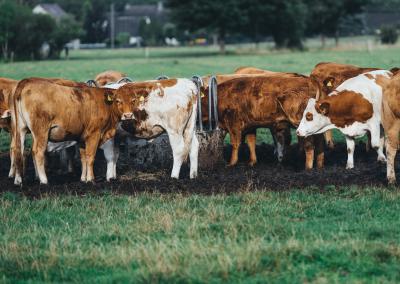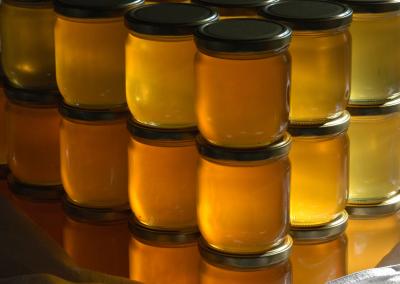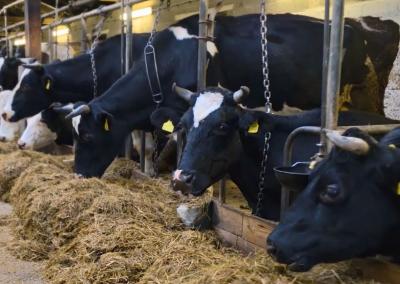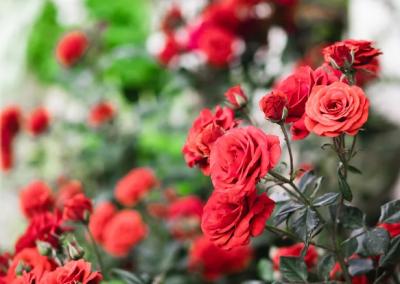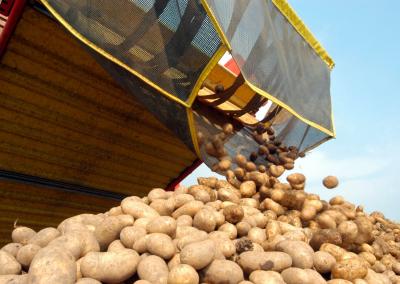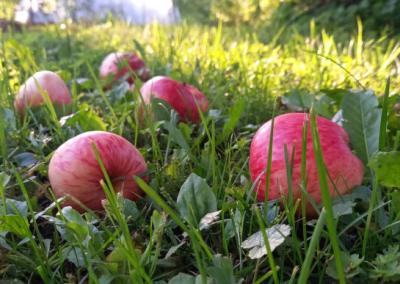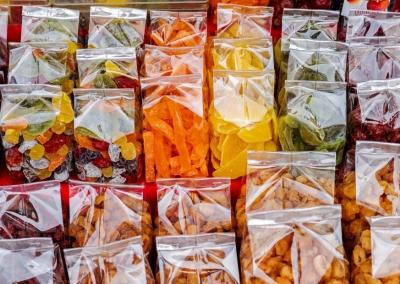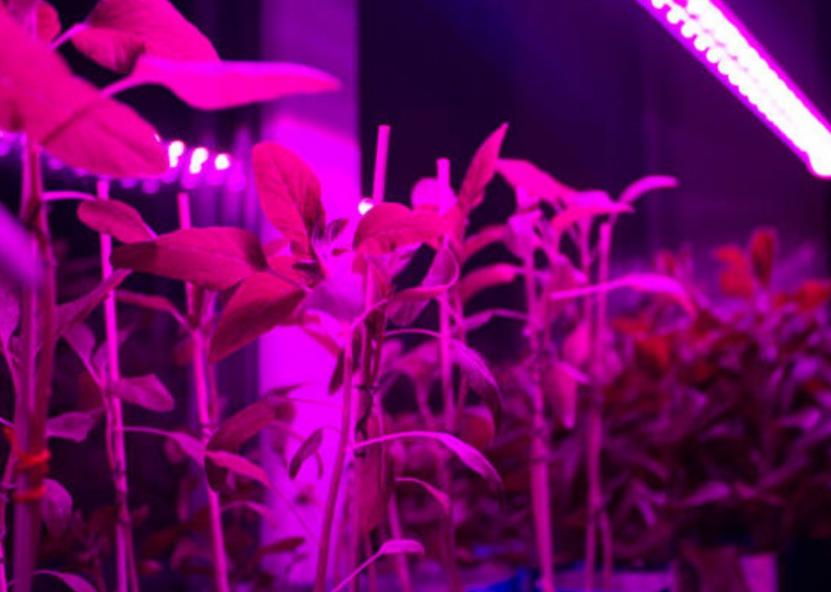What light plants need in a greenhouse
Correct greenhouse lighting is a prerequisite for ensuring the right level of biochemical reactions required for photosynthesis. With insufficient or inadequate light, biochemical reactions are slowed down, risking crop failure and even the plants themselves.
Quality lighting is particularly important in autumn and winter, when sunlight is significantly reduced. The lack of light in a greenhouse can be compensated for with well-designed artificial lighting. But it is not recommended to use it all year round because of the possible negative effects. Artificial light will be suitable during the cold season – from late October to late March.
Greenhouse lighting in winter shall be arranged so that the light energy density during the day is 400-1000 mmol/m². Night lighting shall have a light energy density of 5-10 mmol/m². The lighting shall be switched on periodically in order to slow down or, on the contrary, speed up the flowering of plants. In the latter case, the lighting shall be switched on every half an hour.
The following rules also apply to artificial lighting in the greenhouse:
• For the growth of the plants, the lighting must be on for 12-15 hours per day.
• The greenhouse plants must have a rest period of at least 6 hours (all lighting devices must be switched off during this time).
• The timing of the lighting should be chosen according to the stage of development of the particular plant. For example, some vegetables require 20 hours of light in the initial stage and 12 hours in the later stage.
• The light flux should be even and uniform. This is ensured by reflectors, which make the light less diffuse and more focused.
• The colour temperature (range of emission) shall be that which is beneficial to the plant at a given stage of development.
Light colours and their effect on plants
Blue light (400-500 Nm) – important for good vegetative growth of plants. Colour temperature in the range 6000-6500 Kelvin (K). Seedlings prefer this blue light. If the seedlings are growing, mercury lamps can be used as they have an increased radiation close to the ultraviolet. However, it is worth bearing in mind the risks: if the mercury lamp breaks, the whole crop will be unusable.
Green (500-600 Nm) – is needed at the photosynthetic stage. The appropriate colour temperature range is 4000–4500 K.
Red (600-700 Nm) is required for plants during the flowering period as it plays an important role in fruiting. The colour temperature is in the range of 2700-3200 K (dominated by the wavelengths indicated).
Orange (590-620 Nm) is also responsible for flowering and fruiting, for photosynthetic processes, and influences the rate of growth and development. Orange is useful for growing flowers, lemons, tomatoes and peppers. Warm spectrum rays are useful for root growth, as well as for preparing for flowering.
Violet (380-490 Nm) additionally stimulates protein production and the growth of green leaf mass. Useful for growing greens, seedlings, roots. Accelerates flowering in varieties naturally accustomed to short daylight hours.
How photosynthetic efficiency depends on light wavelength
Light in the 380–400 Nm and 700–750 Nm range has a regulatory function and is therefore needed in minimal amounts. The range below 380 nm and above 750 nm has a negative effect on greenhouse plants.
When calculating the lighting of a greenhouse, it is often necessary to combine several lamps with different spectral ranges, as they are all necessary for normal plant growth. This is because there are no lamps in the world yet developed that exactly mimic the sun's white light. Artificial light can only produce a flux as close as possible to it.
This is why the use of light-emitting diode (LED) lamps for lighting in greenhouses has become most widespread. The reason is precisely the high similarity to natural sunlight. NASA workers have even been able to grow plants in spacecraft by calculating the cost of lighting a greenhouse with LED lamps.
In addition, the combination of several spectral regions in LEDs produces an effect similar to applying a special fertiliser to the soil. LED lamps are most often installed as conventional linear systems on flexible cables. The advantages of using LED lamps in greenhouses include a reduction in the evaporation of moisture from the soil, the possibility of installing the lighting system in close proximity to the plants, as LED lamps do not heat up or overheat the air around them, low power consumption, and the possibility of achieving the desired range of the spectrum of light emitted.
How to combine different coloured lights for plants
When choosing lights for greenhouses, experts combine different LEDs:
• 1 blue (470 Nm) + 6 orange (612 Nm) + 12 red (660 Nm).
• 1 blue (approx. 450 Nm) in the initial growth phase followed by 1 red (660 Nm).
Ground mounted luminaires shall have a obtuse angle of incidence greater than 90°. The size of the luminaires is also important: the more compact the luminaire, the less it blocks natural sunlight.










